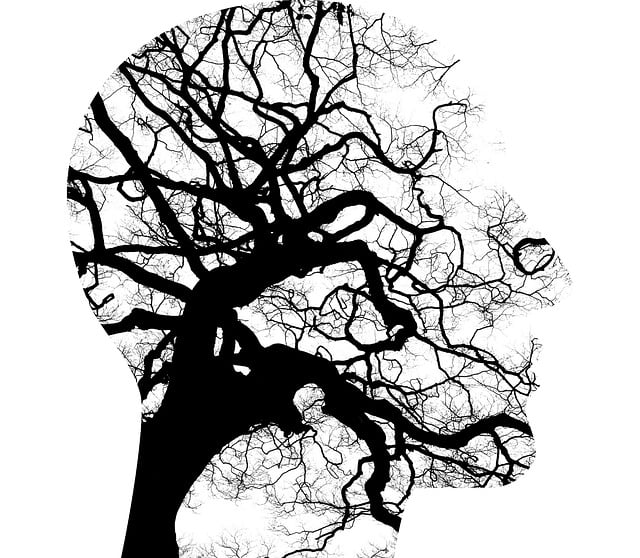Lafayette Pain Management Therapy (LPM) prioritizes patient safety through comprehensive risk assessment, analyzing medical history, health status, previous reactions, and environmental factors to identify potential harms. This holistic approach incorporates psychological and social considerations, offering personalized strategies that combine pharmacological and non-pharmacological methods. By empowering patients with education and building trust through clear communication, LPM creates a secure environment. Continuous improvement is driven by dynamic processes including patient feedback, clinical reviews, and data analysis, ensuring tailored care and evidence-based practices for optimal therapeutic outcomes while minimizing harm.
Risk assessment and harm minimization planning are vital components in ensuring patient safety within medical practices, particularly in the realm of Lafayette Pain Management Therapy. This article delves into the critical process of evaluating risks associated with pain management therapies and offers practical strategies for identifying potential harms. We explore the development of a comprehensive harm minimization plan tailored to Lafayette Pain Management Therapy, focusing on implementation, monitoring, and continuous improvement to enhance patient outcomes.
- Understanding Risk Assessment in Pain Management Therapy
- Identifying Potential Harms and Their Minimization Strategies
- Developing a Comprehensive Harm Minimization Plan for Lafayette Pain Management Therapy
- Implementation, Monitoring, and Continuous Improvement of Risk Mitigation Measures
Understanding Risk Assessment in Pain Management Therapy

Risk assessment is a cornerstone of effective Lafayette Pain Management Therapy, ensuring patient safety and guiding personalized treatment plans. It involves meticulously evaluating various factors that could contribute to potential harm during or after pain management interventions. This process delves into a patient’s medical history, current health status, previous reactions to treatments, and environmental risks, among other considerations. By identifying these risks, healthcare professionals can proactively implement strategies to minimize or mitigate harm.
A comprehensive risk assessment for Lafayette Pain Management Therapy goes beyond addressing physical risks. It also considers psychological and social factors, such as a patient’s coping mechanisms, support systems, and capacity for self-care. Incorporating Conflict Resolution Techniques, Social Skills Training, and Trauma Support Services when appropriate can enhance the therapeutic process. This holistic approach ensures that patients receive not only effective pain management but also the emotional and interpersonal support necessary for their overall well-being.
Identifying Potential Harms and Their Minimization Strategies

Identifying potential harms is a critical step in risk assessment for any treatment plan, including Lafayette Pain Management Therapy. By thoroughly evaluating the possible side effects and negative outcomes associated with various pain management techniques, healthcare professionals can develop tailored strategies to minimize harm and enhance patient safety. This proactive approach ensures that individuals undergoing pain therapy receive not just effective relief but also care that prioritizes their overall well-being.
Minimization strategies often encompass a multi-faceted approach. For physical discomfort, this could involve combining pharmacological interventions with non-pharmacological methods like acupuncture, mindfulness techniques, and physical therapy. Incorporating Self-Care Practices and Stress Management techniques can aid in alleviating emotional distress, which is an essential aspect of the Emotional Healing Processes. Through a holistic understanding of harm minimization, Lafayette Pain Management Therapy can offer personalized care that addresses both the symptoms and underlying causes of pain, fostering a safer and more positive therapeutic journey.
Developing a Comprehensive Harm Minimization Plan for Lafayette Pain Management Therapy

Developing a Comprehensive Harm Minimization Plan for Lafayette Pain Management Therapy requires a multifaceted approach that prioritizes patient safety and well-being. The first step involves assessing all potential risks associated with the therapy, including side effects, reactionary responses, and any psychological or emotional vulnerabilities specific to each patient. This includes considering the unique cultural backgrounds of patients, as Cultural Sensitivity in Mental Healthcare Practice plays a vital role in ensuring equitable care.
Effective communication strategies are then implemented to foster trust and open dialogue. Educating patients about their treatment plan, potential risks, and coping mechanisms can empower them to actively participate in their care. Additionally, prioritizing burnout prevention for healthcare staff is essential, as fatigued practitioners may compromise the quality of care. Through these collaborative efforts, Lafayette Pain Management Therapy can create a safe and supportive environment, minimizing harm and enhancing patient outcomes.
Implementation, Monitoring, and Continuous Improvement of Risk Mitigation Measures

Effective risk assessment and harm minimization planning for Lafayette Pain Management Therapy involves a dynamic process of implementation, monitoring, and continuous improvement. Once strategies are put in place, regular assessments are crucial to gauge their effectiveness. This includes gathering patient feedback, reviewing clinical outcomes, and analyzing data to identify areas that require refinement. By continuously evaluating these measures, healthcare providers can ensure the safety and well-being of patients, adapting their approaches as new research or best practices emerge.
Continuous improvement fosters a culture of learning within the community outreach program implementation, mindfulness meditation, and empathy building strategies employed by Lafayette Pain Management Therapy. It encourages professionals to stay updated with evidence-based practices, incorporate innovative techniques, and tailor interventions to meet individual patient needs. This iterative process not only enhances the quality of care but also strengthens the overall risk management framework.
Lafayette Pain Management Therapy (LPM) places paramount importance on patient safety and well-being. Through a thorough understanding of risk assessment and its application in pain management, LPM can effectively identify potential harms and implement tailored strategies for minimization. By developing a comprehensive harm minimization plan, regularly monitoring its effectiveness, and fostering continuous improvement, LPM ensures that all treatments are delivered with the highest standard of care, prioritizing patient outcomes and satisfaction.














